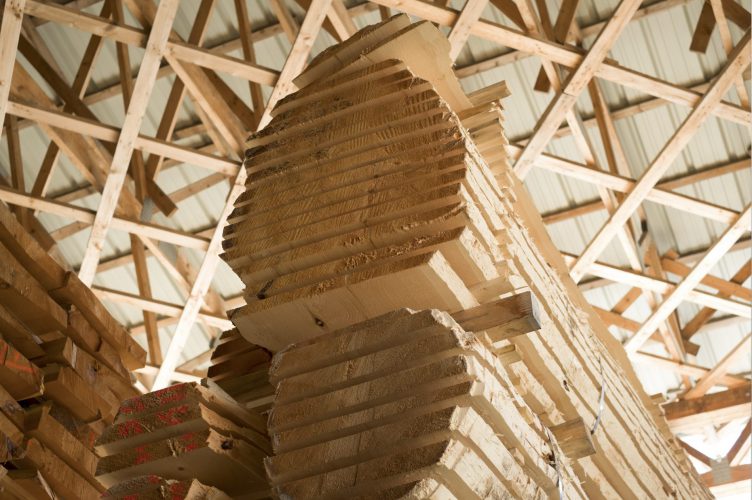|
1.The Origin of the Wood To transport wood from one continent to the other is affecting our environment and costs energy. You, as a customer want to be sure your wood is not from a radioactive contaminated area (e.g. Chernobyl, Fukushima) It is important that your wood is from well-managed forests and not from some clear or over felling area where reforestation and appropriate care for the re-growth is not appreciated. My choice is local wood, because you automatically exclude these risks without having to find out from badly informed suppliers. 2. The Age of the Trees Durability and composure are influenced by the maturity of the tree. As a general rule for good wood: coniferous wood should be older than 120 years. Fast-growing leaf trees like Birch and Alder: older than 50 years; moderate and slow-growing leaf trees like Maple, Ash, Oak and Elm: 100 to 200 years. These indications are references for high quality workmanship purposes. 3. Potential Chemical Treatments:
If you want to be on the sure side, choose a supplier who confirms in writing that his supplies have not been chemically treated in their manufacturing process. 4. The Right Choice of Wood for the Project It is best to consult a specialist or research on the internet. Sophisticated wooden buildings require slow and steady grown trees. For heavy traffic areas, durability is of importance and hardwoods like beech, oak, and ash are excellent for solid floor boards. Environmentally, this is the best choice and it is wise to avoid hardening the surface with laminates and sealants. Outdoors it is best to use naturally weather resistant wood like larch, oak or untreated robinia. With Holz100, you are guaranteed the ideal choice of wood which is the right answer to all of these questions - and more!
0 Comments
Leave a Reply. |
AuthorHolz100 Canada Inc. Archives
July 2019
Categories
All
|
HoursMon - Fri.
9:30am - 4:30pm |
Office |
President FRANK GHAHREMANI(416) 725-6747
|


 RSS Feed
RSS Feed


